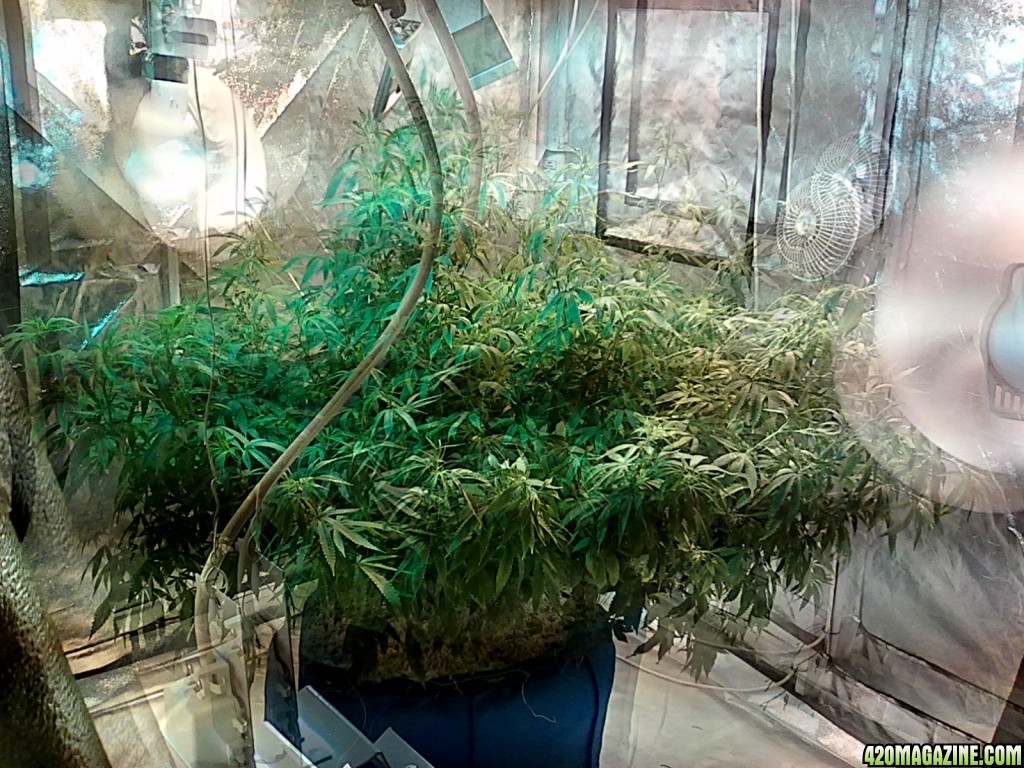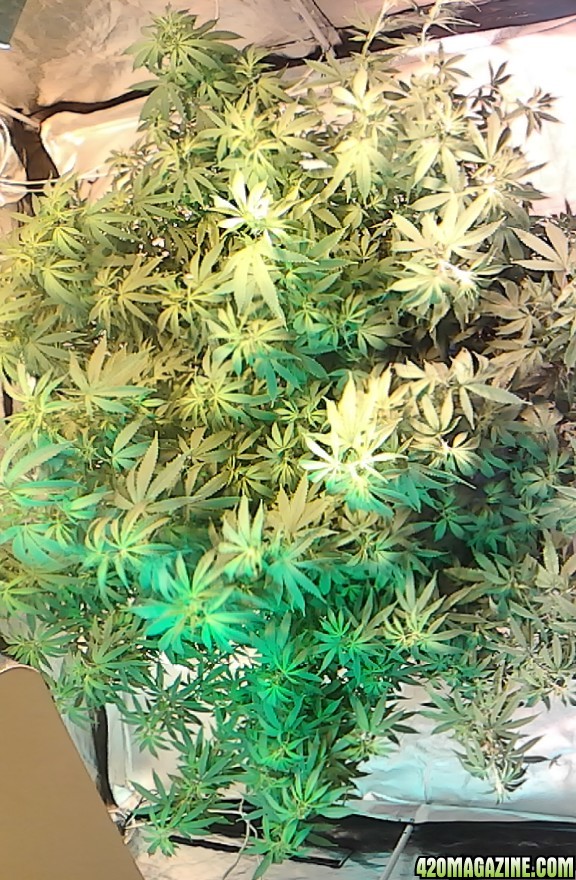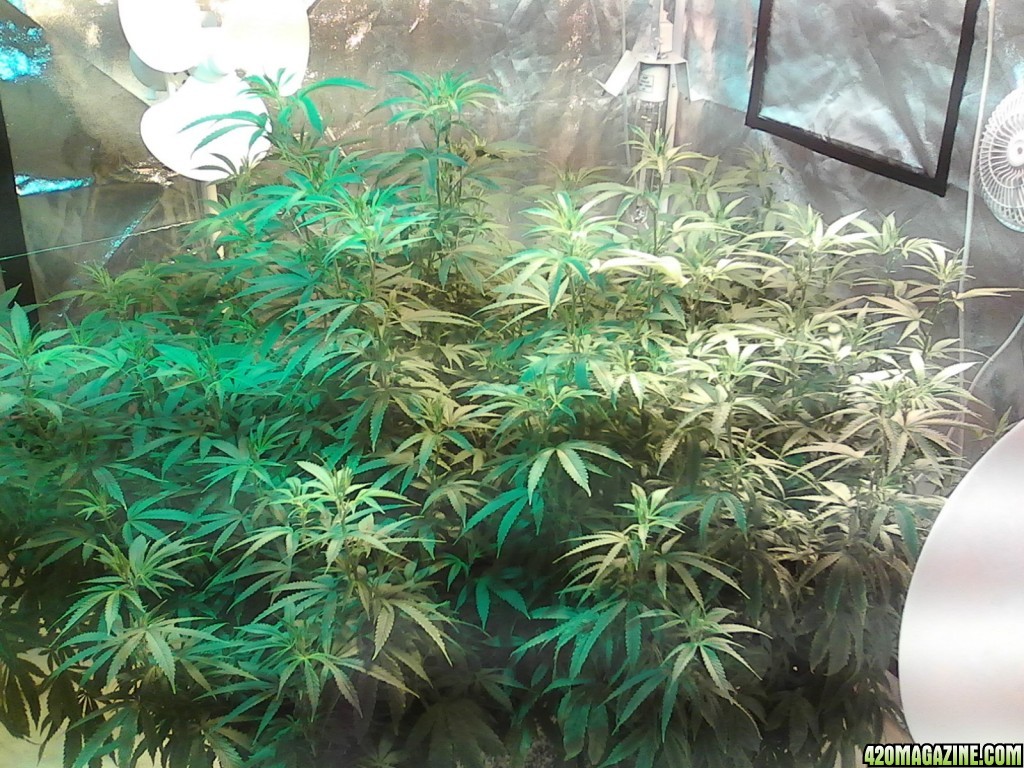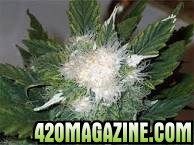Hi All,
May sound like a dumb question but I have read that 3000 lumen/sq ft is optimal and above that, CO2 is required. So I first wanted to find out if this is true, and also to find out if 5600 lumen/sqft is too much.
I have a 7.5sqft space with about 42,400 lumen in multiple spectrums, 6500K, 5000k, 3000K, 2700K. This is a combination of cfl and fluoro tubes and is mostly 6500K.
My Temp holds steady at about 77 degrees and humidity is a bit low at 40-45%. I am working on raising the RH.
I have 4 CKS autofems in smart pots that have not broken soil yet. I am using FFOF.
Thanks
Schtiggy
May sound like a dumb question but I have read that 3000 lumen/sq ft is optimal and above that, CO2 is required. So I first wanted to find out if this is true, and also to find out if 5600 lumen/sqft is too much.
I have a 7.5sqft space with about 42,400 lumen in multiple spectrums, 6500K, 5000k, 3000K, 2700K. This is a combination of cfl and fluoro tubes and is mostly 6500K.
My Temp holds steady at about 77 degrees and humidity is a bit low at 40-45%. I am working on raising the RH.
I have 4 CKS autofems in smart pots that have not broken soil yet. I am using FFOF.
Thanks
Schtiggy







